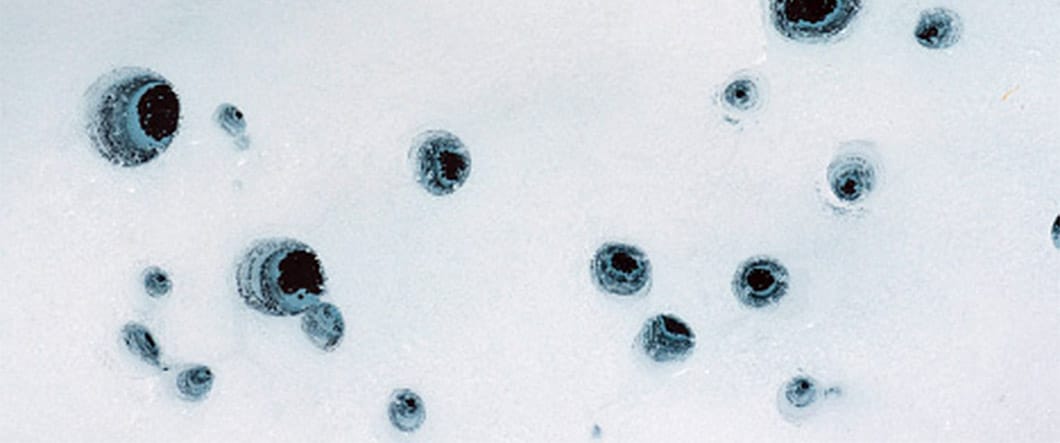
Homes at the Ends of the World
When you look at a glacier, you’re probably not thinking about all the life that is thriving across the bitterly cold, frozen expanse. Surprisingly, glaciers can actually be home to ecosystems containing organisms that can’t be found anywhere else in the world. These ecosystems come to the glaciers thanks to a substance called cryoconite.
Cryoconite is a dark rock dust that is blown in by the wind. It can cause cryoconite holes, shallow puddles 15 to 20 centimeters (six to eight inches) deep, to form on the surface of glaciers. Microbes, such as cyanobacteria, rotifers, copepods, and even those adorable and formidable little tardigrades, are blown in and begin to thrive in the puddles.
A review that looked at multiple studies of these ecosystems on five different continents turned up descriptions of 25 invertebrate species. One scientist was even able to grow a fern native to Africa from a sample taken from a glacier near the Antarctic peninsula.

Faster Melting
In order to be protected from the relentless bombardment of UV radiation, many of the organisms in cryoconite holes are darkly colored. While that characteristic may protect them from the Sun, it also speeds up the glacial melting process, but it is not an element considered in current climate change models.
Normally, the ice would reflect 60 percent of the sunlight that hits it, but the combination of the dark cryoconite and the dark fauna reduces that reflection to about 20 percent. According to Dr. Arwyn Edwards of Aberystwyth University, “As the biologically productive areas of glaciers and ice sheets expand due to climate change, these microbial processes can influence their melting more and more. In the long term, this contributes to the loss of glacier habitats and the unique microbial biodiversity living on them.”
Still, as was shown with the African fern, these ecosystems could eventually play a huge part in populating the bare soil left by glacial retreat. We would lose the glaciers, but the ecosystems that would sprout in their place would be completely unique.